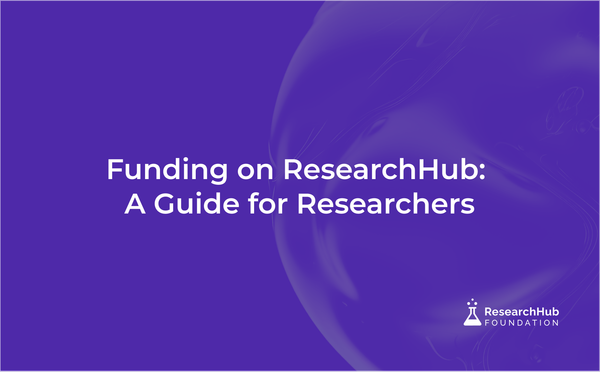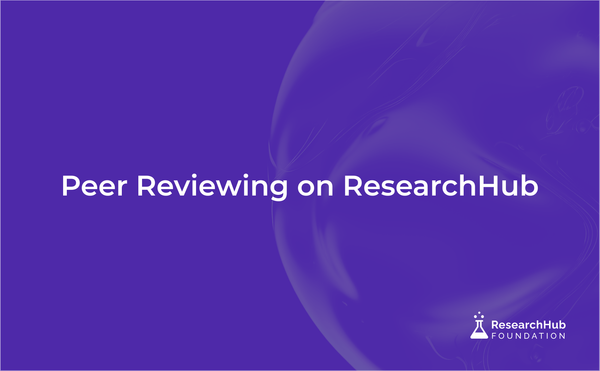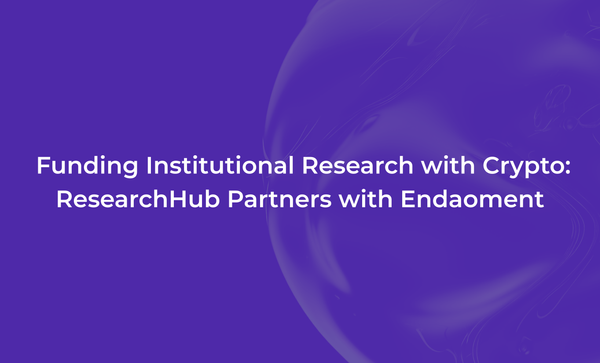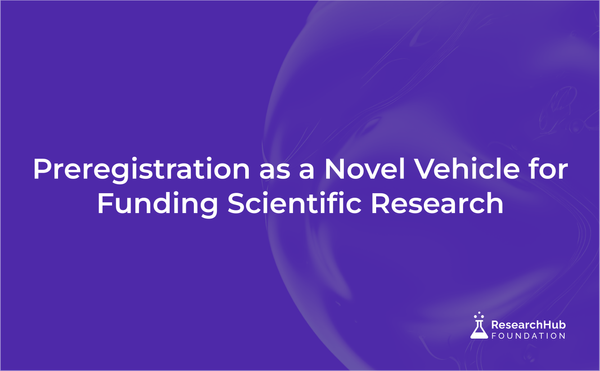Unlocking Innovation: How to Reform Science Funding for Progress
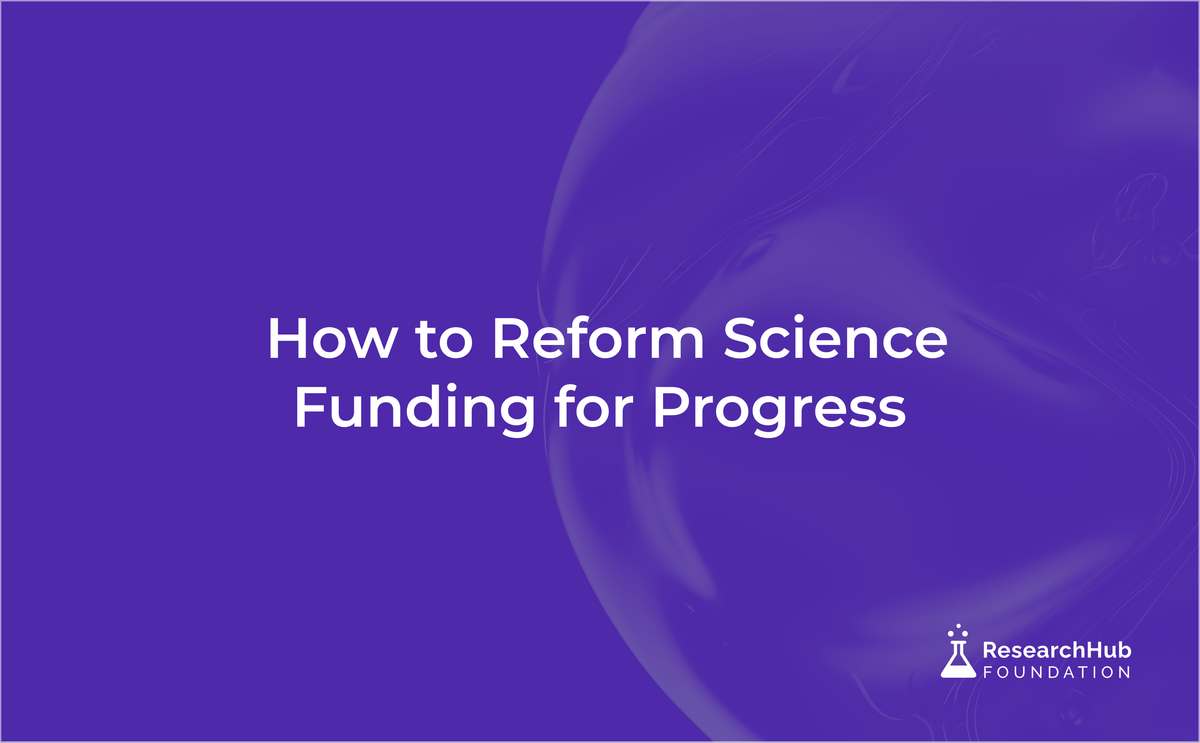
Is science held back by funding? According to 270 scientists surveyed by Vox, the answer is a resounding yes. They see financial limitations as one of the biggest barriers to breakthroughs (Belluz et al., 2016).
The quest to find funding for research in modern science is often riddled with obstacles. The bureaucracy makes the entire process inefficient, funding decisions are made behind closed doors, and certain niches of science and scientists tend to experience preferential treatment.
The problems these obstacles cause are predictable. A slow funding process means that scientific breakthroughs are unnecessarily delayed. Non-transparency breeds mistrust and makes it difficult to understand why certain projects receive support over others. Conservatism in funding unconventional research means high-risk or unconventional research is sometimes unnoticed.
These funding problems spiral into more issues. Quoting a Duke University neuroscientist who participated in the same Vox survey, Gary Bennett believes that “funding affects what we study, what we publish, and the risks we (frequently don’t) take. It nudges us to emphasize safe, predictable (read: fundable) science.” Supported by (National Bureau of Economic Research, 2016), a paper that found that negative and truly unconventional studies are cited less often, scientists and funders favor safer, quicker publications. In this clip, Brian Armstrong explains why this bias against negative findings is dangerous in science.
Why is bias against negative findings dangerous in science? @brian_armstrong explains. pic.twitter.com/EZBxhz7Twa
— ResearchHub Foundation (@ResearchHubF) November 14, 2023
Traditionally-issued funding for academia will always be finite, and the competition among scientists for limited funding will keep rising. Time-consuming grant application processes (that could end up futile, thanks to limited funding pools) make matters worse. DeSci’s inception has, however, led to the creation of faster, decentralized ways to fund academic research.
Unconventional Funding Models for Unconventional Research
Conducting research is expensive and scientists have to get the money somewhere, somehow. While this has driven some scientists to turn to industries or big pharma eager to generate studies to support their agendas, other scientists and stakeholders have collaboratively developed more innovative solutions to the funding dilemma.
With some case studies, this post discusses some of these innovative, community-driven solutions to the funding bias against unorthodox research.
Patient-led Funding
Patient-led research funding puts control in the hands of patients who understand their condition best. Unlike traditional funding often driven by economic priorities or academic impact, patient-led funding focuses on research that directly improves daily quality of life, such as symptom management. It allows patients to influence research agendas, ensuring funded studies are relevant to their needs rather than constrained by commercial or academic pressures. This approach shifts funding priorities to align more closely with real-world health outcomes.
Patient-led Funding Case Studies
- Patient Led Research Funding for Long COVID: The Patient-Led Research Fund was a $5 million initiative supporting Long COVID biomedical research. A panel of 15 patient researchers with experience in post-viral illnesses, including Long COVID and ME/CFS, allocated $4.8 million in grants. This shifted the typical power dynamic in research, giving patients, rather than large organizations, control over funding decisions and research priorities. The panel members, many with scientific or medical expertise, used their experience to guide funding toward areas most relevant to patient needs.
- Long Covid Labs: Incubated by the BIO Protocol and founded by a former Stanford neuroscientist – Rohan Dixit, Long Covid Labs is a new BioDAO accelerating a cure for millions of Long COVID patients. The DAO is a community of patients of the disease and other stakeholders working together to speed up the process and rate with which cures are brought to market with more innovative funding mechanisms.
DeSci DAO Funding
DeSci DAOs provide community-driven funding for research, where investors purchase tokens to vote on proposals and influence research directions. This model allows diverse stakeholders, including patients, biotech firms, and venture capitalists, to collaborate on funding, particularly for translational research. DAOs streamline the funding process through transparent and democratic application and review processes, reducing risks and administrative burdens associated with traditional funding. They also open up funding opportunities for promising but underfunded areas of science, such as longevity and psychedelics, which often struggle to gain support from traditional funding agencies.
Each DAO provides a transparent, democratic way of funding emerging scientific fields, ensuring projects align with researcher needs and funder interests.
DeSci DAO Funding Case Studies
- VitaDAO: The first DAO enabled by Molecule, VitaDAO is a community-owned collective that funds early-stage longevity research. VitaDAO has funded 24 different longevity research projects and deployed over 6 million USD in research funding. A notable mention is VitaRNA. VitaDAO backed VitaRNA with 91,000 USD and raised over 300,000 USD through the Artan Bio IP-NFT. VitaDAO’s last progress report indicates that VitaRNA is making significant progress in targeting age-related mutations.
- PsyDAO: PsyDAO focuses on funding psychedelic research that enquires into the potential of psychedelics in medical treatments. This DAO supports a part of controversial scientific research that most traditional science stakeholders avoid.
- CryoDAO: CryoDAO funds high-impact research in cryopreservation. CryoDAO recently closed a 2.8 million USD fundraise and has funded four research projects, tapping into the shared interest of futurism among tech enthusiasts and scientists.
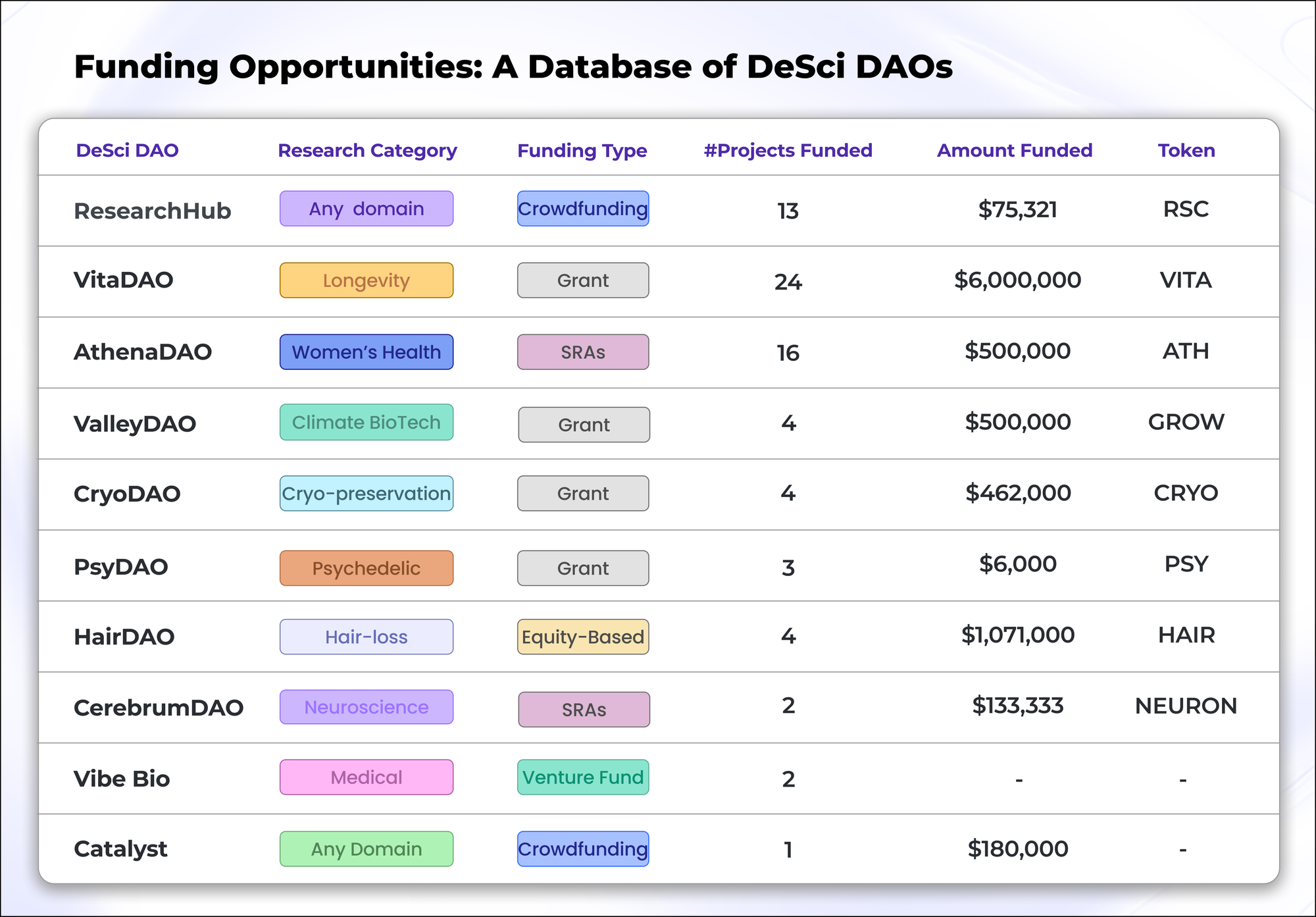
Crowdfunding and Other Democratic Funding Models
Crowdfunding offers an alternative for research projects unlikely to receive grants through traditional means, such as those by early-career scientists or in underfunded regions. It allows researchers to bypass traditional funding bodies by gathering small contributions from individuals aligned with or simply passionate about the project. Successful crowdfunding campaigns can secure funding faster than conventional grant processes, enabling quicker project development. Crowdfunding, along with other democratic funding models, gives the public a direct role in supporting research they care about.
Crowdfunding Case Studies
- Experiment: Experiment is a platform that directly connects backers with scientists, allowing them to fund scientific discoveries without intermediaries. Scientists retain 50-60% of the funds, offering an alternative to traditional grants. However, Experiment is limited to U.S.-based researchers, restricting its global reach.
- ResearchHub: ResearchHub’s crowdfunding feature democratizes research funding, allowing users to support projects with ResearchCoin (RSC). In its first week, it funded six projects from prestigious institutions like Harvard and Purdue, raising 30,000 USD. Since then, it has funded 12 projects with about 5,000 USD each. On ResearchHub, researchers from anywhere in the world can pre-register their studies to enhance transparency, with all details publicly available for peer review. This funding feature emphasizes community engagement and accountability, requiring ongoing progress updates from funded researchers.
Benefits of Direct Community Involvement in Funding
Direct community involvement in funding scientific research brings several key benefits:
- Open-Science Practices: Community-driven funding encourages researchers to share their work openly and engage with the public. Now, the public can directly support projects they value, leading to broader dissemination of results and more collaborative efforts. As a result, science becomes more accessible and collaborative.
- Transparency, Accountability, and Democracy: Remove the opacity and make the funding process visible for all to see. DAO and crowdfunding contributors form communities that decide who funds what and what is funded. With community involvement comes enhanced accountability, funding communities can always track how their money is used and observe project progress in real time. This visibility breeds a layer of trust between researchers and the public, promoting a more inclusive research environment.
- Realignment of Funding Priorities: Community involvement and democracy in research funding lead to a simple case of research for the people, funded by the people, shifting focus away from traditional funding biases. Projects that large organizations might overlook, such as niche, unconventional, or early-stage research, can be collectively funded by individuals passionate about those specific topics. This realignment allows for a more diverse range of scientific exploration, opening doors for groundbreaking research that otherwise might struggle to get off the ground.
How to Access Alternative, Community-led Funding as a Researcher
We recently created a step-by-step guide to getting funding from DeSci DAOs. This guide contains a database of DeSci DAOs that fund scientific research, the type of research they fund, how their communities contribute to the funding process, and steps to follow to apply for funding from them.
Want to get funding for your research from ResearchHub? Explore ResearchHub funding
References
Wang, J., Veugelers, R., & Stephan, P. (2016). Bias against novelty in science: A cautionary tale for users of bibliometric indicators. National Bureau of Economic Research.
Belluz, J., Plumer, B., & Resnick, B. (2016, July 14). The 7 biggest problems facing science, according to 270 scientists. Vox. https://www.vox.com/2016/7/14/12016710/science-challeges-research-funding-peer-review-process


